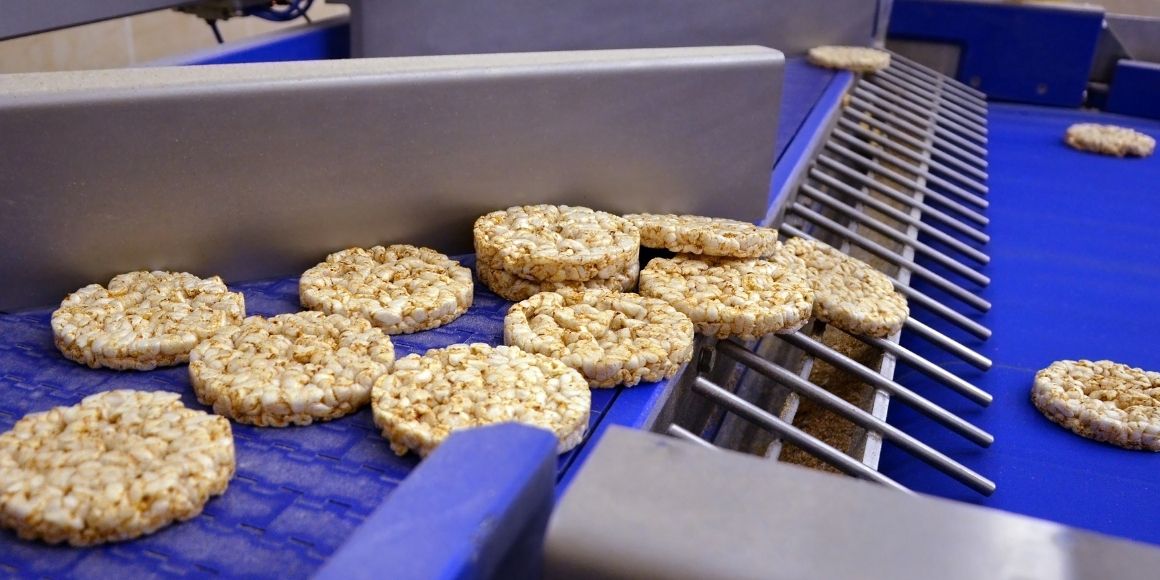A significant drag on plant productivity is process-line downtime. When problems arise on a production line, processing stops, and employees either wait for others to fix the problems or work the problems out themselves to get things back up and running. This downtime or lost time cannot be regained. The loss negatively impacts plant performance and may delay product deliveries.
There are many causes of downtime. Some of the most common are early shift startups, end-of-shift cleanups, breakdowns, product changeovers, and material outages. All of these result in lost production and additional downtime costs. For manufacturing managers, identifying and managing downtime is a significant area of concern. Capturing lost production by limiting downtime can improve performance metrics such as line efficiencies, quality, and OEE. Below are some simple actions to identify and correct production line downtime.
Track Downtime Amount and Causes
Information is king, so knowing the amount and cause of downtime is an essential step in reducing downtime costs. To fix problems, employees must understand their causes.
An excellent approach to monitoring production line downtime is using Worximity's Smart Factory Analytics solution for tracking downtime and production performance. Worximity's state-of-the-art Smart Sensor technology captures the amount and causes of production line stoppages. Data from machine monitoring is transmitted wirelessly to Worximity's Smart Factory Analytics software, which calculates performance metrics and presents the results on dashboards (TileBoards) throughout the factory. Downtime amounts and reasons, along with real-time factory performance metrics, are displayed in an actionable format.
Establish a Cross-Functional Downtime Reduction Team
Create a work team of 7-9 employees. The team should be made up primarily of process line personnel, but may also include subject matter experts (SMEs) with useful factory technical information. SMEs may be from departments such as maintenance, materials, or engineering, or any individual that might have specialized knowledge to help with problem solutions.
Cross-functional work teams are an excellent way to identify, solve, and implement downtime reduction actions. Coordinated efforts among various departments bring together useful knowledge, encourage cooperation, and build motivation.
Amalgamated Dairies Limited (ADL), a leading dairy products company, used Worximity's Smart Factory Analytics to help identify and eliminate the causes of process downtime. Working with Worximity's technical consultants, the program resulted in a 15 percent reduction in length of downtime and a $0.15 per unit reduction in labor costs. Details about how ADL used Worximity's system to reduce downtime costs can be found in the ADL case study.
Initiate a Preventative Maintenance Program
Effective reactive and preventative maintenance should always be a part of any downtime reduction efforts. Ensuring equipment is in good running order and performing according to design specifications is essential to achieving production goals. Typically, preventative maintenance is a long-term program. Nevertheless, when a maintenance program is first started, many early improvements may be possible. Some of these include the following.
- Occasionally, old or out-of-spec equipment or components cause line stoppages and slowdowns because employees must make frequent adjustments to keep the line running at planned speed. These parts and equipment can be identified, upgraded, and replaced.
- Using Worximity's Smart Factory Analytics, downtime causes involving equipment operations can be identified by the cross-functional team. Assign these items to maintenance for corrective action.
- Schedule routine maintenance during times the line is not running.
- Analyze line changeovers to identify opportunities to shorten take-down and setup cycle times.
Provide Additional Training to All Employees
Continuous lean improvement involves the participation of all employees in a culture of progress through innovation and change. To encourage and foster this culture of evolution, provide all employees with training in lean improvement techniques. Ensure all employees are complying with proper methods and procedures and are meeting individual production and performance goals. Work with employees not meeting their goals by providing retraining and encouragement.
Analyze Process and Material Flows
Often, downtime is caused by an imbalance in material or process flow. For example, a smoothly running line can be stopped if raw materials are not supplied to the line when needed. Also, material flow from one line to another must be halted if materials stack up between the lines. This logjam causes the supplying line to stop and wait while the follow-on line catches up.
Downtime of this kind can be eliminated or reduced by analyzing and balancing production line work and material flows. Ensuring correct levels of work-in-process inventories is essential to correcting line imbalances.
Downtime constitutes a significant negative impact on product cost, quality, and throughput. Correcting stoppages, slowdowns, and equipment failures should be high on the list of things to do for production managers and supervisors. By using quick, short-term techniques for analysis and problem-solving, a manager can realize immediate factory floor benefits such as higher output, improved product quality, and better performance measures.







